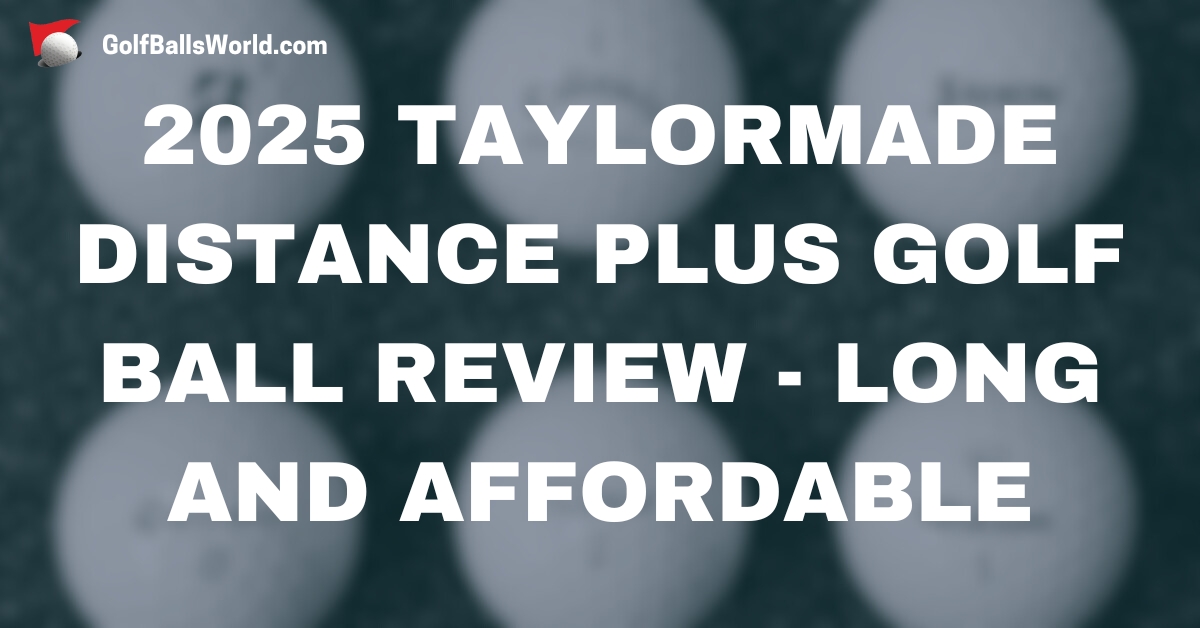It has been a long time since the last TaylorMade Distance Plus ball came out. The standard time in the industry is two years between models. Here it was four. Is that a good thing or a bad thing? Time will tell. This also means it has been a long time since I tried the previous model and reviewed it.
Honestly, I was far from impressed with the last one. Probably the biggest letdown was the durability, which was not great.
Despite my previous experience, I am all about giving second chances. After all, a long time passed, so a pleasant surprise might be in store.
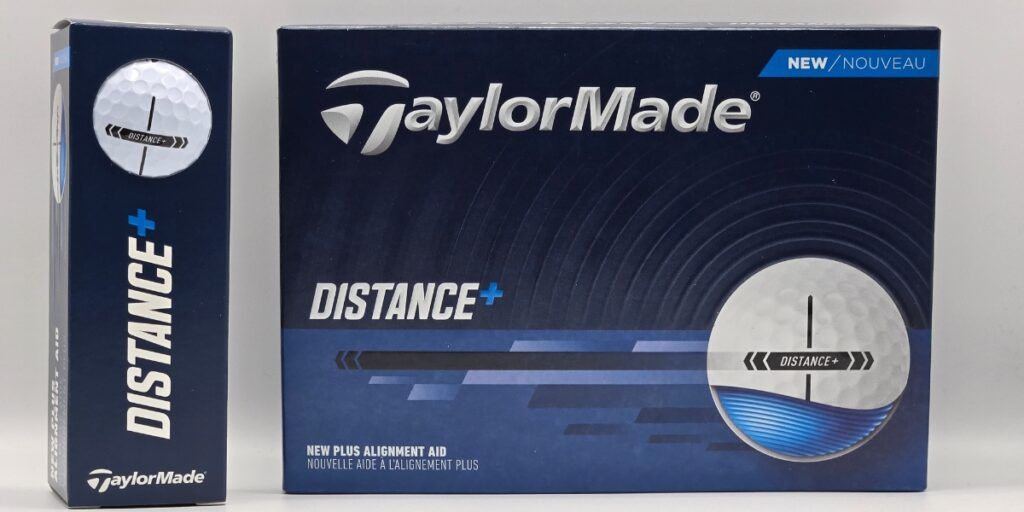
TaylorMade designed this ball for speed. What does that mean? It means the main purpose is distance. Interestingly, the compression rating has remained the same at 77. One of the new features is the Extended Flight 322-Dimple Pattern, which, along with the REACT Speed Core, promises maximum distance and a soft feel. Let’s dive into it.
My Verdict
To summarize this ball’s performance, it goes a long distance. Ok, that is its main purpose, so it does the job well. Unfortunately, there are still some concerns over durability, similar to the previous model. Granted, it’s better, but there is room for more improvement. Distance balls are not my cup of tea, so I would not consider playing them. But that’s just me, and as golfers, we are all different.
Who Is This Ball For?
As you can already guess, this ball is for players prioritizing distance above everything else. And I mean everything else. The amount of spin across the board is average, so don’t expect great distance control. That translates to the short game as well.
Besides distance, there is another strong selling point. This ball comes at a very user-friendly price. So, if you want a ball that goes far and does not cost much, you have it.
PROS
-
Beginner Friendly
-
Distance
-
Often on Sale and Promotion
-
Price
CONS
-
Durability
-
Less Spin
2025 TaylorMade Distance Plus Golf Ball Review
Here’s a little transparency: This post contains affiliate links. If you click and make a purchase, I may receive a small commission. Don’t worry, there’s no extra cost to you. It’s a simple way you can support my mission to bring you quality content.
On the Green
I can summarize it in a few words: it was a hit and miss with the pace. Overall, it was not as terrible as it might have been, but it wasn’t great either. I was leaving the ball both short and long of the hole. This includes long and short putts. There was simply no area that worked consistently well. Except on a few occasions when all fell in place. The firm greens did not help.
The putting performance was more a reflection of my game than the ball itself. When it comes to feel, it was a bit firmer for my taste. I would attribute that to a harder ionomer cover and a fairly firm core with a compression of 77. I know, it is not a highly compressed ball, but still. Finally, I would deem the putting experience average at best.
Around the Green
Here, the narrative is simple, there is just enough spin for the short game. However, almost all of my chips went way past the hole. When you are dealing with multiple sloped greens, that can be very challenging. Even when it seemed I landed the ball at the right spot, it would just release and go too long.
For a person like myself, who chooses bump and runs whenever possible, the ball needs to have decent greenside spin. This ball has a bit more spin than the lower-compressed soft balls, but not enough compared to the urethane-covered ones. A couple of times, the chips ended closer to the hole, which made things kind of bearable. The chipping was not the best, but not the worst either.
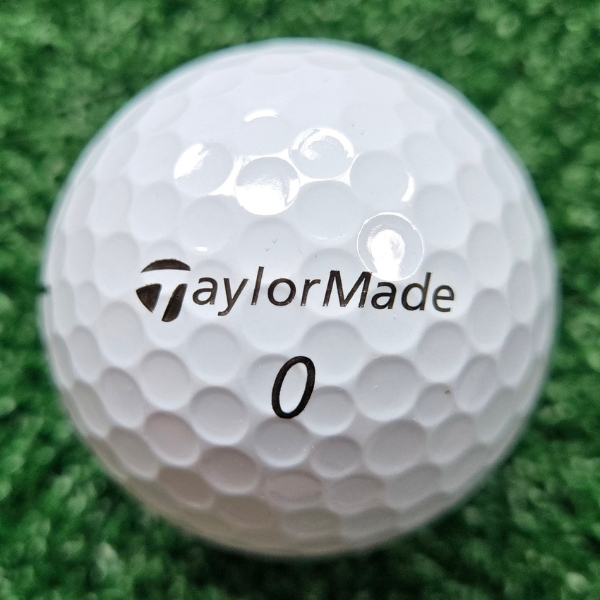
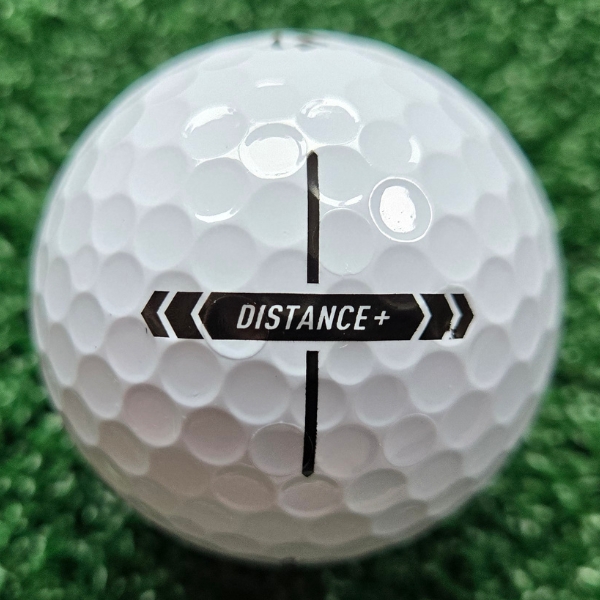
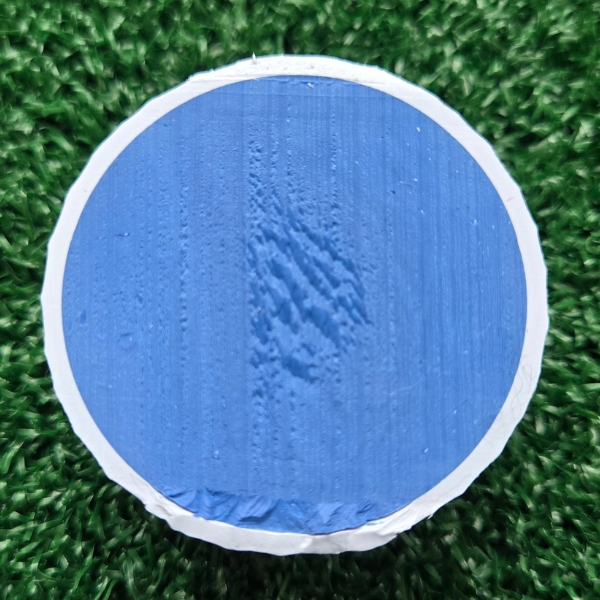
Approach Shots
I test golf balls on a par 3 course, therefore, every shot is an approach shot. I will start with the flight trajectory, which was high. That was helping the ball to stop on the greens only so much, since it would still bounce and roll more than higher spinning balls. No surprise there, so I had to adjust my shots accordingly. The aim was to incorporate that knowledge and land the ball a bit shorter than usual. It worked well for the most.
Since this is primarily a distance ball, I will say it does go a fair distance. On a few occasions, it went too far and made me overshoot the green. This was especially prominent a couple of times when I hit it too low on the clubface. Additionally, it made a clicky sound on impact to help me realise I miss-hit it.
I noticed it did not lose distance whatsoever when I struck it high on the clubface. It still took a high flight trajectory and landed on the green as intended. I have to add that it felt nice each time I struck it properly. Regarding the direction, it did go pretty straight with only a few shots that ended on either side of the green.
Durability
There is something a bit off with durability and this particular ball model. When I tested the previous version, I had some concerns. It did not seem to be as durable as you would expect from a two-piece distance ball. On the bright side, it seems the durability has improved.
Nonetheless, it is still not at the level it should be. Yes, it has improved, but it could still be better. After a full round on a par 3 course, it had more scuffs and marks than any other two-piece ionomer ball I have tested in the last two years. Again, this is nothing concerning performance-wise, but you could have to change it sooner than other models in the same category.
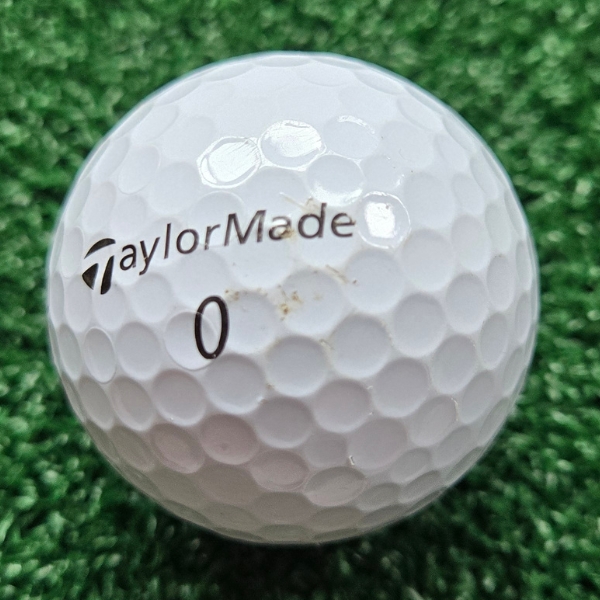
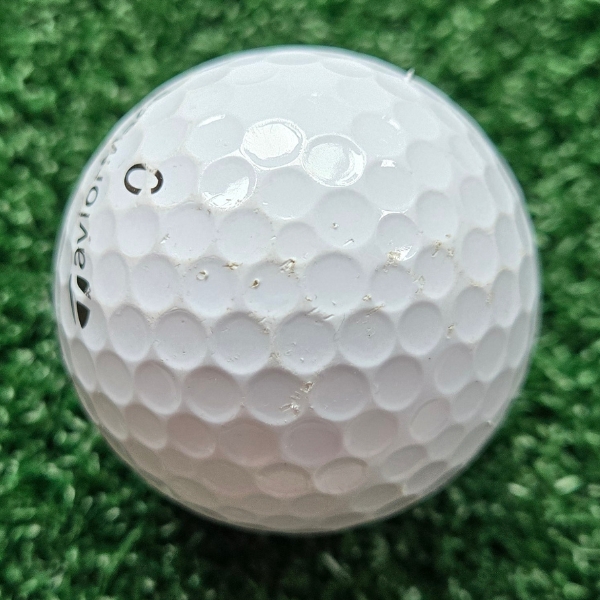
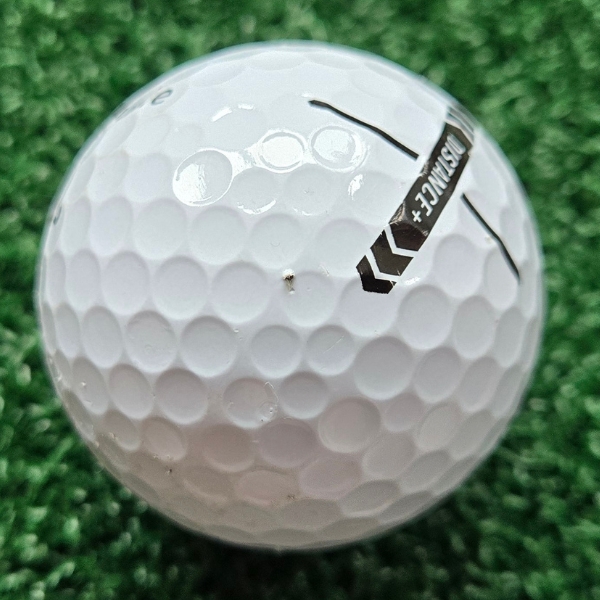
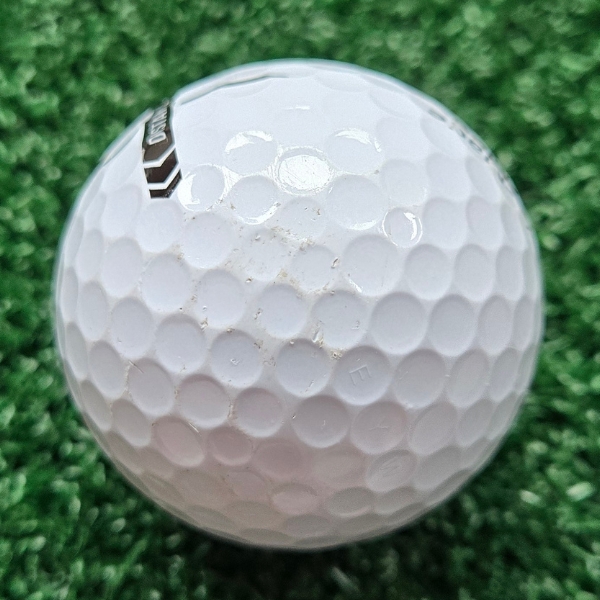
Appearance and Price
Honestly, this might not be the best-looking ball out there, but it is nice enough. I mean, the main reason I am not the biggest fan is the alignment aid. Simply put, I am not a fan of the cross design, even though I like it a touch more than the previous one. It does have a purpose, which is to help align your putter face when putting. Also, you can use it to align the ball on the tee. Therefore, it will have its audience.
Again, like the previous model, this one comes at a price hard to beat. There are not many golf balls from the top brands sold at $21.99 per dozen. This price is the ball’s strongest suit. If you are someone on a budget, this is it. It is available in white and yellow colors.

